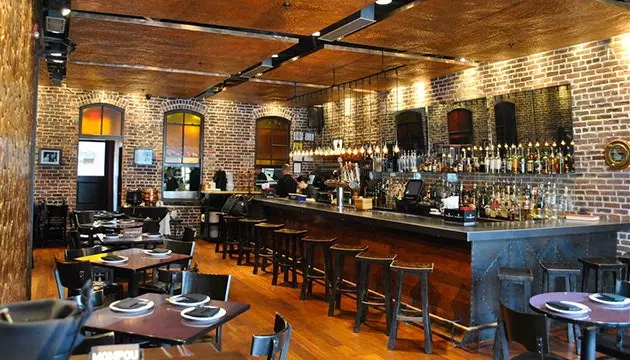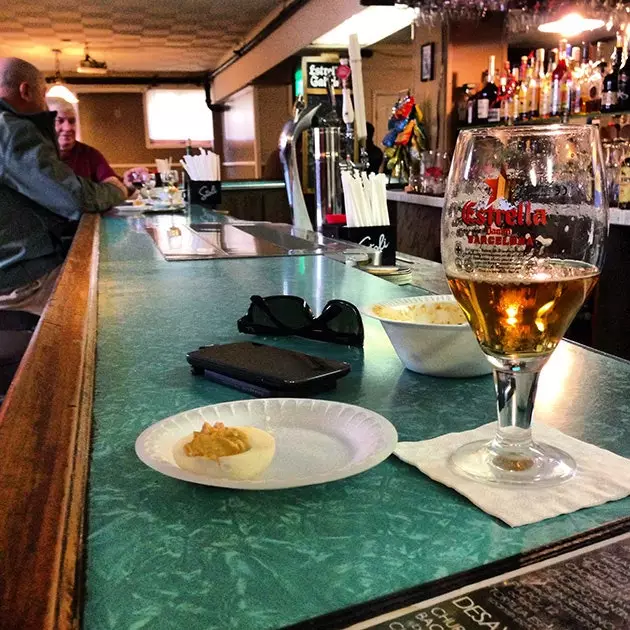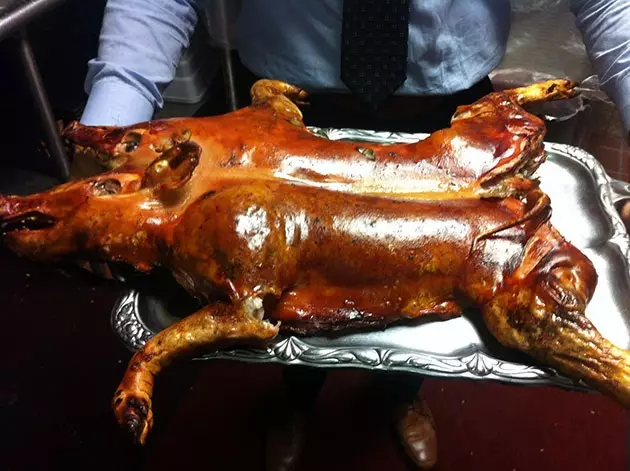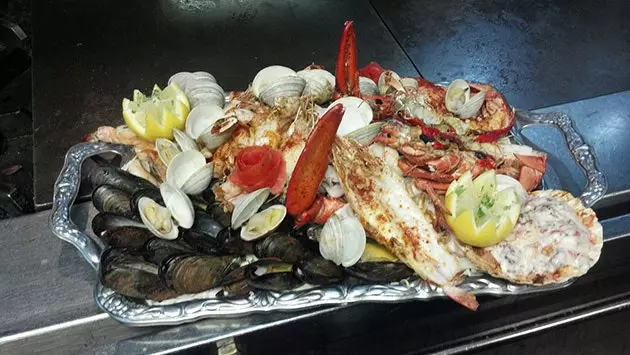
Mompou: Recycled Spanish Heritage
The first to occupy this neighbourhood, whose name comes from the metallurgical industry and the railway network that surrounded it, were the Germans, in the 19th century, followed by the Poles and the Italians. Perhaps that is why David Chase decided that it should be the neighborhood where our beloved Tony Soprano was born . At the beginning of the 20th century, the Portuguese began to enter, followed, especially from the 1930s, by their neighbors on the Peninsula: the Galicians. Ironbound then began to be known as Little Portugal and also (although they were not equal in number) as Little Galicia.
It is not known for sure how many Galicians came to live in the area. During the sixties and seventies, the strongest period of immigration, They say that it would be around ten thousand Galicians , of which the majority occupied the hardest jobs: construction and in the port of Newark. But as their situation improved, many were leaving the neighborhood. That is why it is not known how many Galicians are still in Ironbound. “Many, many”, they say in the Orensano Center , the club where they still meet and where you have to be a member to be able to eat during the week or enjoy its bar. “But I don't know how many. And we are all Galician, yes, yes”.

New Jersey or Lugo?
HERE YOU COME TO EAT
In the last 30 years, the population of Ironbound has changed. Attracted by the predominant languages, Brazilians began to settle in the area, followed by Ecuadorians, Mexicans... The central street of the neighborhood, Ferry Street, is full of small businesses and Latin bars or bakeries that sell pao de queijo (Teixeira Bakery), and the signs are in English, Spanish, and Portuguese. But you still find bakeries, like Delicia's, with a sign on the door that says: “There is Galician empanada” . Served in portions. “Beef, cod, chicken and meat”. Or whole to order.
At the tables of Delicia's (twinned with the Spanish restaurant and lounge, Vivo ) the Mexican accent predominates, but on a Saturday morning there are still a group of Galicians eating non-Galician empanadas . Ironies. Little Galicia may be much smaller than it was 30 years ago, but it still has the highest concentration of Galician restaurants in New Jersey and New York (where Casa Galicia would offer the most competition).

Mompou, a Spanish-inspired venue
There is Club España, where (miracle!) They give you a lid of lentils when you ask for a Star . And while you wait for the food (chorizo, octopus...) the cook will come out with another free appetizer (custom unknown to Americans). In addition to being a restaurant and bar, it functions as a social club, with flamenco classes and a soccer team. In this neighborhood, football (soccer for Americans) is the official sport.
Other classics in the area are Spain Restaurant (open since 1978) and its giant lobsters. Spanish Tavern, also in Newark since the 70s, and based on something very simple and very Galician: “Good quality and good quantity” . All of these are restaurants with large rooms, good service and a menu full of familiar dishes ( with some concession to the American palate , dips or sauces to dip with fried foods, for example) and names that are not ashamed of the Spanish cliché: Fornos of Spain, Spanish Sangria, Don Pepe, Chateau of Spain, Spain 92…

Spanish Tavern: good quantity and quality
And among all these classics, a non-Galician infiltrator, which is also an institution in the neighborhood: the Casa Vasca, run by the Aurre family since the 70s, where you eat cod pil-pil or basque style hake . “But sometimes it also has Galician empanada”, they say in the Orensano Center.
The Spanish, Galician-based food that these places serve attracts curious New York foodies , which is why they are still opening new establishments, with more modern proposals and a fusion of other cuisines, such as Catas and its fried sticks of Manchego cheese and Mompou and its Herminia omelette.
In addition to going blind from rich Galician food, in Ironbound there are still cultural remains of the first Galicians who settled there. In the church of the Immaculate Heart of Mary are the Catacombs of San José, built in the 1930s, and with wax statues of saints that were commissioned in Spain.

Seafood at Spanish Tavern
